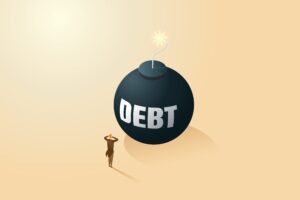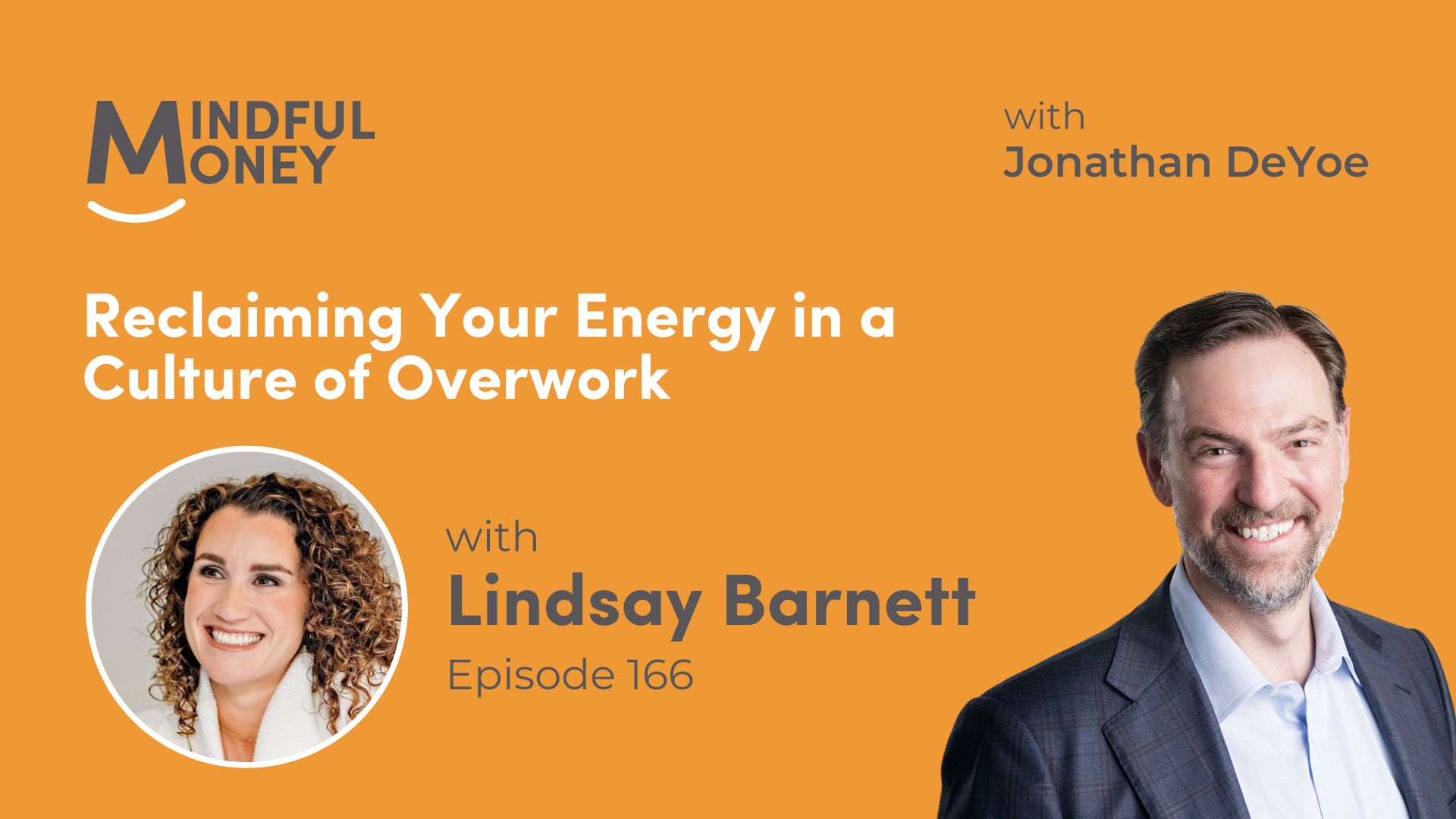There are two ideas constantly competing for dominance in the world of investing advice – Active vs. Passive. Your outcomes, in terms of investment returns, will probably differ very little based on which side you choose to believe – though evidence does support a passive approach. Your outcomes, in terms of the time spent and anxiety provoked, will differ a great deal. In other words, unless investment analysis is a passion, evidence on this front absolutely recommends passive.
In the active camp, investors believe in their ability to discover “mispriced” investments, purchase them from other investors who believe those same investments are mispriced the other way, hold them until the investments are correctly priced, and sell them at a profit. The idea is that they will repeat this process until they hit all their financial milestones. This is most certainly a more difficult path.
In this camp, investors have to spend the time and energy to research their investment holdings, and the competitive landscape those investments face. They must also attend to the effects of the macro economy (rates, inflation, GDP, unemployment, etc.) on their portfolio holdings. They must have a market
opinion and they must stay on top of all the moving parts at all times, make many decisions under stress, and take action as their continuing research requires.
The “twin challenges” to the active camp are well documented:
First, declining investment values inflict twice as much psychic pain as rising values grant joy. This is known as loss-aversion, or negativity bias.
Second, we cannot distinguish between temporary decline and permanent loss. In other words, when our investments decline, we can’t tell if there is a genuine risk that something is wrong in our analysis, or if the motion is just plain ol’ garden-variety volatility. Very few of us can even define garden-variety volatility.
Active investors make frequent decisions regarding their individual portfolio holdings in the unceasing fear of loss, and the endless not knowing.
This causes human nature to view markets pro-cyclically. It hurts when our investments decline, and it is exciting when our investments rise. The faster and further investments fall, the more we want out of them (sell low). The faster and higher they climb, the more we want to buy them (buy high).
This is why human nature is a failed investor – and why we employ passive tools and simple rules in our portfolios.
Next week we’ll talk about that other camp…





